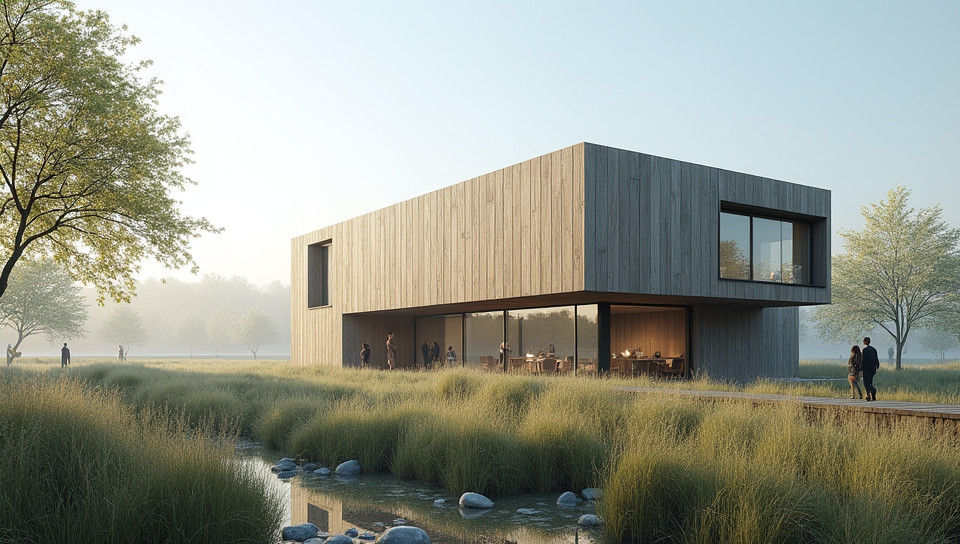Zero net-energy buildings minimize environmental impacts and pollution 75%

Embracing Sustainability: The Rise of Zero Net-Energy Buildings
As we continue to grapple with the challenges of climate change, environmental degradation, and pollution, it's becoming increasingly clear that our built environment plays a significant role in exacerbating these issues. Traditional buildings are among the largest contributors to greenhouse gas emissions, accounting for nearly 40% of global energy consumption. However, a new generation of buildings is emerging that seeks to change this narrative: zero net-energy (ZNE) buildings.
What Are Zero Net-Energy Buildings?
Zero net-energy buildings are designed and constructed to produce as much energy as they consume over the course of a year. This is achieved through a combination of energy-efficient design, renewable energy systems, and smart building technologies. By minimizing energy consumption and generating on-site power, ZNE buildings can significantly reduce their carbon footprint and minimize environmental impacts.
The Benefits of Zero Net-Energy Buildings
- Energy efficiency: ZNE buildings use advanced materials and design techniques to minimize heat loss and optimize natural lighting.
- Renewable energy: On-site solar panels, wind turbines, or geothermal systems provide clean energy to power the building.
- Reduced pollution: By generating their own renewable energy, ZNE buildings reduce reliance on fossil fuels and lower air pollution emissions.
- Cost savings: Energy-efficient design and reduced energy consumption can lead to significant cost savings over time.
- Improved indoor air quality: By using natural ventilation and filtration systems, ZNE buildings can improve indoor air quality and occupant health.
Designing and Building Zero Net-Energy Buildings
Designing a ZNE building requires a holistic approach that incorporates energy-efficient design principles, renewable energy systems, and smart building technologies. Some key strategies include:
- Conducting thorough energy audits to identify areas of improvement
- Using high-performance building materials and insulation
- Incorporating natural ventilation and lighting strategies
- Installing on-site renewable energy systems such as solar or wind power
- Implementing smart building technologies for energy management and monitoring
Conclusion
Zero net-energy buildings represent a significant step towards reducing our environmental footprint and mitigating the impacts of climate change. By embracing sustainable design principles, renewable energy systems, and smart building technologies, we can create buildings that not only minimize pollution but also provide long-term cost savings and improved occupant health. As the world continues to urbanize and energy demands increase, the adoption of ZNE buildings will become increasingly crucial in shaping a more sustainable future for generations to come.
- Created by: Sebastián Salazar
- Created at: Jan. 28, 2025, 11:13 a.m.
- ID: 19300









